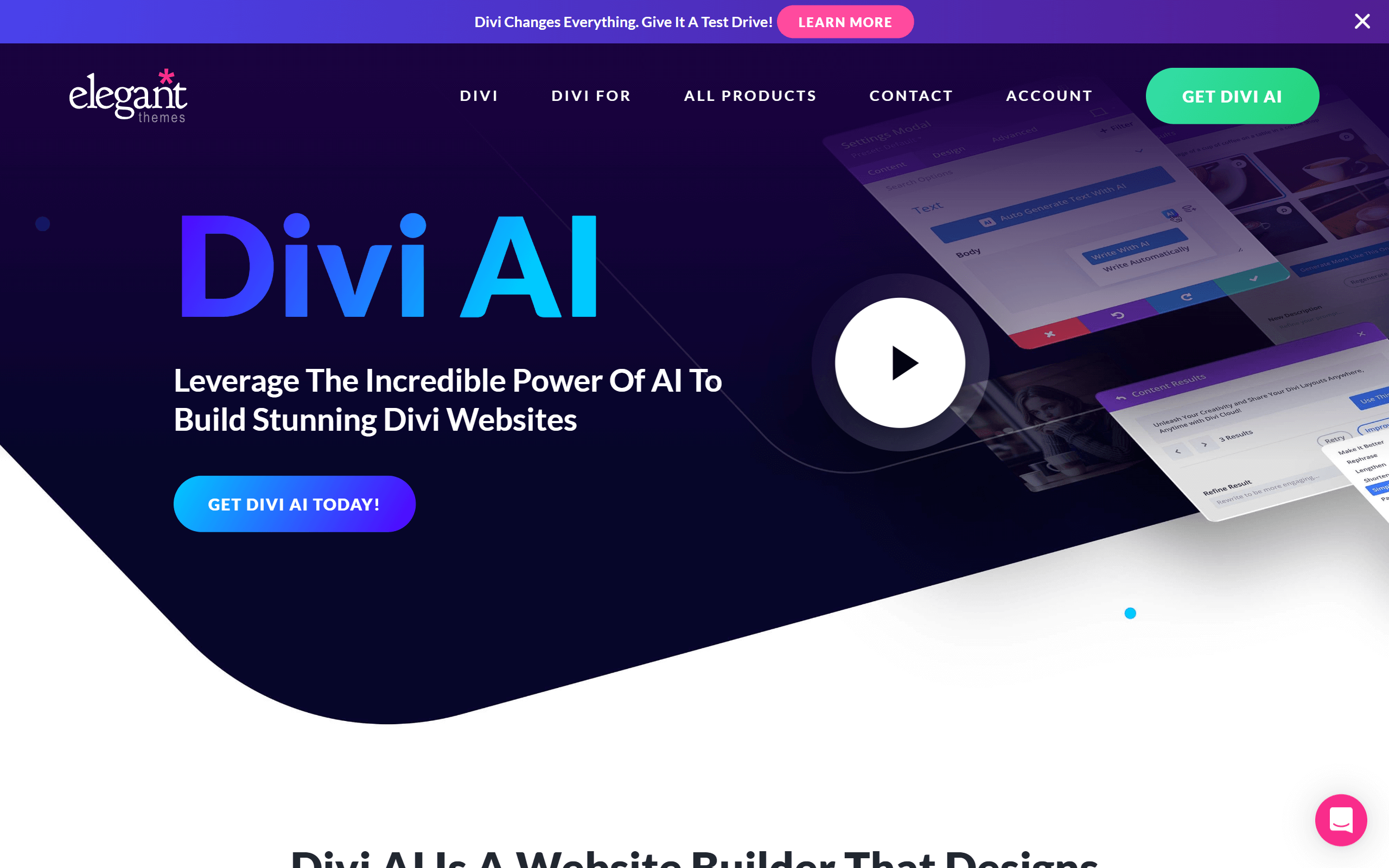Figma AI Website Builder Revolutionizes Web Design Workflows with Instant Site Creation

Figma Make Unveiled: Instant Website Creation Leveraging AI-Driven Design
Rewriting the Design Playbook with Next-Gen Automation
A significant milestone in the evolution of digital product development has arrived with the introduction of the newest creation tool from Figma. This offering harnesses a state-of-the-art language model to allow users to swiftly generate fully functional site layouts and source code from nothing more than a simple text description. The impact on both individual creatives and large product teams is poised to be profound as manual labor-intensive design iterations are replaced by instant, AI-assisted site generation.
The process unfolds with unprecedented speed. A user need only describe their desired interface, and the engine interprets the request, producing a high-fidelity mockup complete with production-ready code. Crucially, every element remains directly editable within the familiar environment of the Figma interface, allowing professionals to both refine AI-generated layouts and implement brand-driven design systems seamlessly. The shift effectively dissolves the boundary between concept, wireframe, and interactive prototype, streamlining a once-fragmented workflow.
These advancements rest on years of development by Figma with a clear focus: empowering creators with AI-accelerated methods to build, iterate, and deploy projects in a fraction of the time. Recent updates have enabled features such as support for responsive layouts, integration of existing design libraries, and even the option to connect generated sites to live data sources, setting a new benchmark for what is possible in online product creation.
AI-First Website Building: Natural Language Becomes Your Interface
At the heart of this breakthrough is the natural language interface, which acts as a bridge between idea and execution. By simply typing a directive—for example, requesting a gallery beneath an introductory banner—designers can watch as layouts materialize in real time. Edits and tweaks, from adjusting color themes to reshuffling sections, occur at the speed of thought. The software learns contextual rules from the user’s design library, ensuring consistency with established design tokens, typography, and branding without additional effort.
Interactivity and flexibility have been built into every stage of production. With instant code generation, the chasm between designer intent and developer interpretation narrows, reducing friction throughout the product cycle. Sites adapt intelligently to different device types, thanks to integrated responsive grid systems, and leverage variant components for modular UI construction. As a result, what previously took weeks of coordinated design and engineering can now be achieved within hours, all while retaining granular control over the final outcome.
Notably, the ability to iterate within the same environment where assets were originally created means that design feedback loops are tighter, collaboration is more fluid, and product teams can ship updates on demand. Future releases are said to further enhance these capabilities, including upcoming tools for managing web content dynamically through no-code content management systems.
Market Implications: Industry Giants Embrace Disruptive Methods
The arrival of generative web tools from Figma mirrors a broader trend: established technology companies are moving swiftly to integrate intelligent automation, often inspired by breakthroughs first pioneered by agile startups. The landscape is swiftly evolving as platform leaders incorporate capabilities such as real-time code translation from text, advanced prototyping, and versatile deployment options directly within their flagship suites.
This momentum signals both opportunity and challenge across the sector. Large-scale adoption of automated production could accelerate product cycles industry-wide, driving a new baseline for user expectations and project velocity. At the same time, there is an open question regarding the future role of smaller disruptors whose inventive solutions have set the stage for these transformations.
One key pivot point is the integration of backend functionality and live data, which transforms static web pages into interactive applications without requiring code expertise. This convergence of design, build, and deploy capabilities within a unified workspace may prove pivotal for startups and enterprises alike, influencing the balance between speed-to-market, production quality, and ongoing innovation.
The Road Ahead for Digital Product Teams
The direct utility of this AI-powered design platform is unmistakable: project teams are empowered to experiment rapidly, align on vision faster, and iterate more often—all without the bottleneck of manual handoff or complex toolchains. By eliminating the burdens of repetitive editing and bridging the gap between concept and code, the creative process becomes more accessible and collaborative.
As adoption widens and features mature, the implications extend far beyond efficiency. Greater inclusivity is achieved as non-specialists are invited into the product-building conversation. Iteration cycles that previously stalled due to resource or skill gaps are now limited only by imagination and strategic vision.
In an environment where industry standards are constantly being redefined, the entry of such robust generative design systems marks a definitive turning point. Digital product leaders, agencies, and creative teams face a new era—one where innovation is as much about intelligently leveraging automation as it is about original vision. The transformative impact on the way teams design, prototype, and deliver online experiences is just beginning to unfold.
